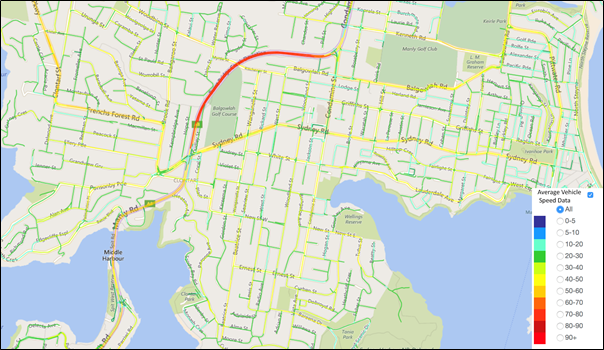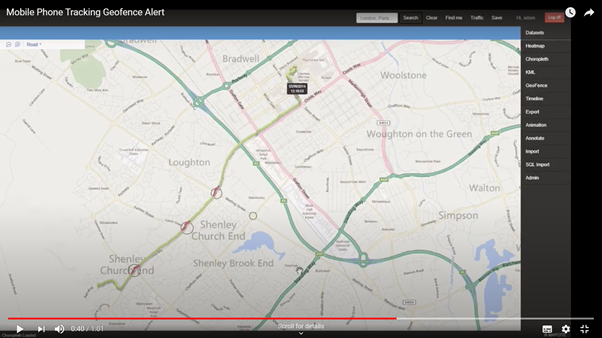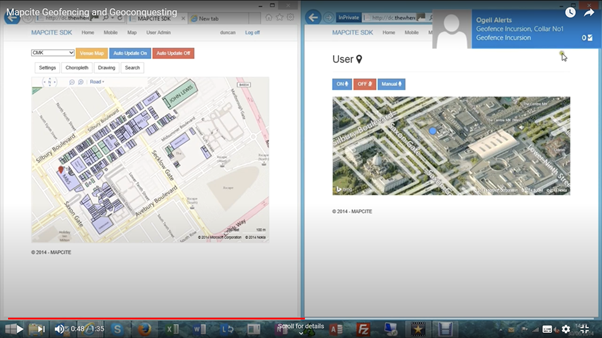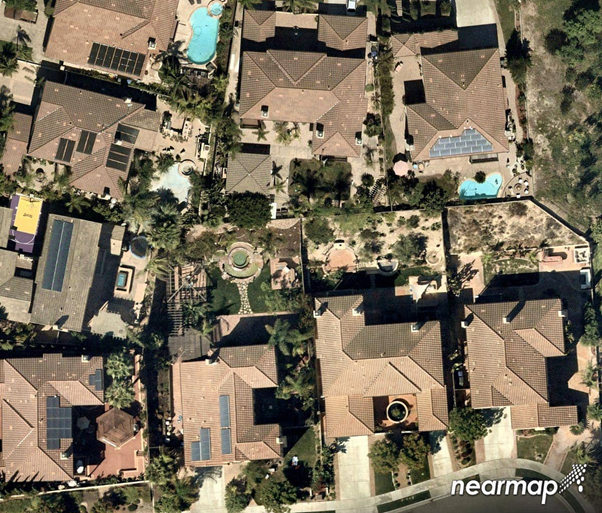This is a follow-up to my previous article about Technology Start-ups under COVID-19 which will form a series over coming weeks. Imagine a future clicks and mortar retailer, possibly post-COVID-19, offering furniture, electrical goods, and white goods. They understand the need to use data and location intelligence much more wisely than they did before COVID-19 changed their view of the world. They know a lot about their customers including what was bought and when, how it was purchased and paid for, whether it was delivered or picked up, what their interests are (eg cooking, based on kitchen gadget purchases) and who might use such a product or service eg them, their spouse, their children.
The customer has downloaded and registered a loyalty app and by consent has agreed to location tracking. Why would they surrender such personal data? Because they hope to gain from the swapping of data with the expectation of highly relevant offers and attractive deals to be driven to them. The joint agreement for the use of the app was very clear in that the retailer would not share with any other party any of the customer’s details or other data, unless they had their prior approval in writing and for which the customer would receive payment in dollars or spend credits with the retailer.
The retailer knows this customer’s buying history and by combining that with other generally available data, knows that they live in an affluent area, surrounded by trees, have solar power panels, have a swimming pool, and based on the trampoline and swings in the yard, have school-age children. They purchased a fridge and washing machine within the last 18 months, and they last bought a laptop over three years ago (this would seem to be a special offer opportunity).
The retailer has geofenced their own outlets as well as their competitors in the various key product categories they compete. If their customer crosses a geofence around one of their competitors, they are sent a personalised and relevant special offer matched to the offerings of that particular competitor. This is all based on the historical and other data the retailer holds for each customer including the propensity of the customer to respond to special offers. The offer is optimised to be viewed on the mobile device used by the customer, which in this case is their smart phone, and via the customer’s preferred mode being SMS.
Having the offer accepted by the customer, the retailer schedules the delivery knowing the preferred delivery times for the customer, the average density and speed of traffic on the roads between the warehouse and the customer’s address at any time of day, and catering for other customer deliveries that are scheduled for the same area or along the proposed optimised route.

However, the customer has not gone to a competitor but has instead approached and entered the retailer’s premises, again which are geofenced. In fact, the customer crossed a broader geofence 2 minutes earlier when they were within 1 kilometre of the store and was sent a daily special offer for that store. This was again based on everything known about the customer.

As the customer crosses the entry geofence, a message and information are sent to the nearest most appropriate staff member, the locations of whom inside the store are also known, for them to greet and serve the customer. Should the customer advise they merely want to browse, they are left to do just that, however their movement around the store is automatically tracked noting where and for how long they stop and “dwell”, looking at specific goods.

Their facial expressions are captured, with advanced AI used to determine their emotional state (happy, sad, angry, surprised, disgusted, calm or confused), gender, and age range, as they look at different goods and the pricing sign associated with those goods. All this is happening in real time within the store. Should the customer decide to purchase and approach the checkout, which is also geofenced as a smaller area, they can be made offers for complementary items that align with their proposed purchase (which we saw them select), they can be offered a “loyalty discount” for goods they have viewed and not purchased, or they can be left to just purchase what they have selected.
The customer leaves the store happy with what they purchased and how they have received personalised, relevant attention rather than being harassed to buy something they don’t need.
Remember that much of this scenario is based around the retailer’s loyalty app. However, the ability to monitor anyone who enters the retailers store and moves around, including emotional state analysis, does not require them to be a loyalty customer or to be using the retailer’s app at all. Purchase history would also be available, if there was any, once they were identified when in the store eg via the retailers wi-fi login. A simple request link sent to those new or unregistered customers when they are in the store would invite them to join the loyalty app with a special introductory offer.
That is just about the end of our science fiction story except to say that this isn’t science fiction. All the above capability is available NOW and is currently in use by innovative retailers. The solution, or components thereof, can be implemented relatively easily at a cost which generates substantial ROI. Leading edge providers such as Mapcite, Nearmap, and DataSpace are working together to bring this capability to retailers struggling with the COVID-19 restrictions and the pending recovery therefrom. Don’t let your business become a symbol of how COVID-19 destroyed retailers.
Author: Stephen Walker, GM Centre of Excellence for Geospatial in Australia

